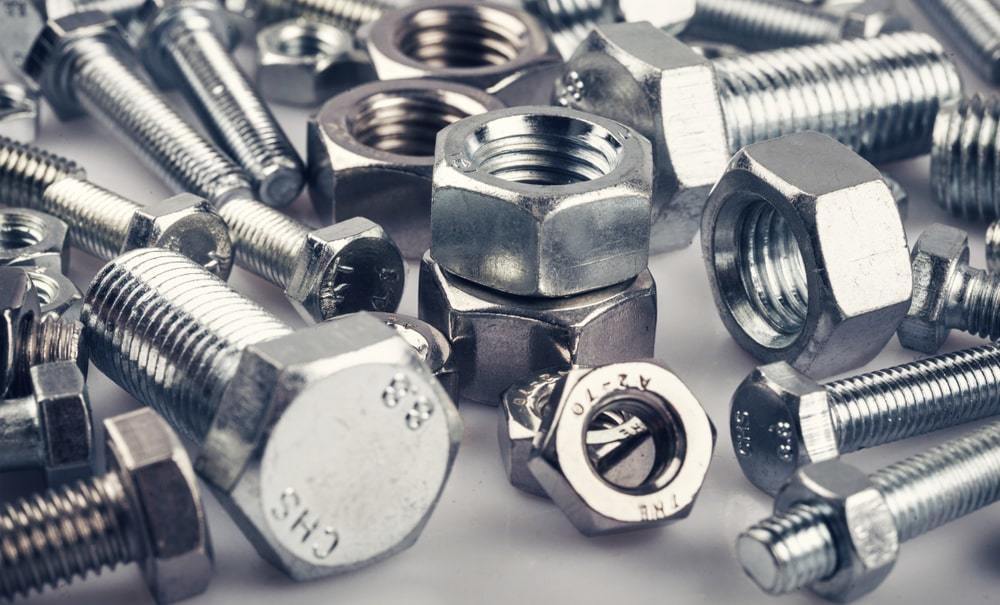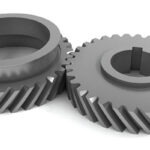A fastener is a hardware device that is used for creating non-permanent joints.
Fasteners can be used to close a container of a box or an envelope, or they may involve keeping together the sides of an opening of flexible material, attaching a lid to a container, etc.
Other alternative methods of joining processes for joining materials include welding, soldering, brazing, crimping, taping, cementing, gluing or the use of other adhesives. The use of forces such as magnetic force or even frictional force can also join materials.
Stainless steel, carbon steel, and alloy steel are the three major steel fasteners manufactured in industries fasteners.
With the help of below charts you can identify almost any type of Bolt and Screw different types of Fasteners, Head styles in Fasteners, Drive types in Fasteners, Washer types in Fasteners and Nut types in Fasteners.
 |
| Identification Chart for Types of Fasteners – Bolt and Screw Wood Screws, Machine Screws, Thread Cutting Machine Screws, Sheet Metal Screws, Self Drilling SMS, Hex Bolts, Carriage Bolts, Lag Bolts, Socket Screws, Set Screws, Eye Bolts, Eye Lags, J-bolts, U-Bolts, Shoulder Bolts, Elevator Bolts, Sex Bolts, Mating Screws and Hanger Bolts |
 |
| Identification chart for Fastener Head Styles Flat, Oval, Pan, Truss, Round, Hex, Hex washer, Slotted hex washer, Socket cap and Button Head Styles |
 |
| Identification chart for Fasteners Drive Types Philips and Fearson, Slotted, Combination, Socket, Hex, One way, Square and Torx Drives |
 |
| Identification chart for Fasteners Washer Types Flat, Fender, Finishing, Split lock, External tooth lock, Internal tooth lock, Square, Dock, Ogee and Sealing Washers |
 |
| Identification Chart for Fastener Nut Types Hex, Heavy hex, Nylon inserted lock, Jam, Nylon inserted jam lock, Wing, Cap, Acorn, Flange, Tee, Square, Prevailing torque lock, K-lock, Coupling, Slotted and Castle Nuts |


